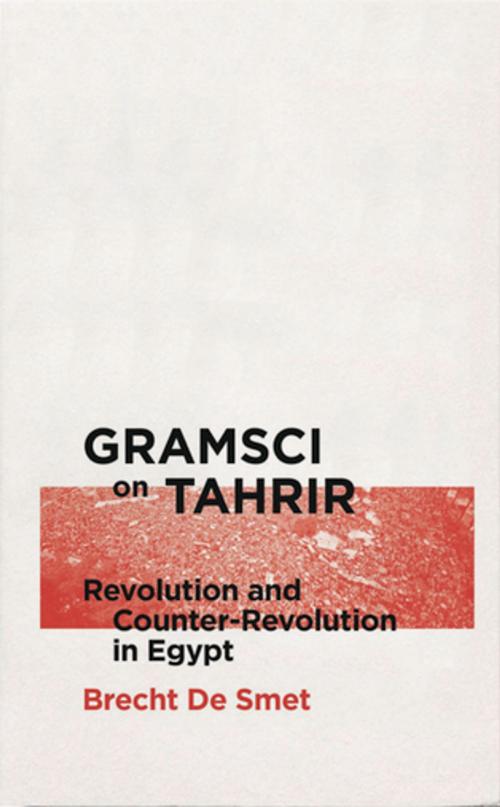Gramsci on Tahrir
Revolution and Counter-Revolution in Egypt
Nonfiction, Religion & Spirituality, Philosophy, Political, Social & Cultural Studies, Political Science| Author: | Brecht De Smet | ISBN: | 9781783713462 |
| Publisher: | Pluto Press | Publication: | January 20, 2016 |
| Imprint: | Pluto Press | Language: | English |
| Author: | Brecht De Smet |
| ISBN: | 9781783713462 |
| Publisher: | Pluto Press |
| Publication: | January 20, 2016 |
| Imprint: | Pluto Press |
| Language: | English |
Coming in the wake of intense political and academic debate on the nature and development of the Arab Uprisings, Gramsci on Tahrir zeroes in on the complex dynamic of Egypt's revolution and counter-revolution. It shows how a Gramscian understanding of the revolutionary process provides a powerful instrument for charting the possibilities for an emancipatory project by the Egyptian subaltern classes.*BR**BR*Central to De Smet’s argument is Gramsci’s interpretation of ‘Caesarism’, an occasion in which two evenly matched political opponents reach a potentially catastrophic stalemate; such an interplay between these forces can only end in mutual destruction. In applying this to the Egyptian revolution, we see how the Egyptian state was bereft of strong hegemonies and the people were replete with capable counter-hegemonies. Through this analysis, we can see how the current situation in Egypt demonstrates how both national histories and global power relations enable, define and displace popular resistance and social transformation.*BR*
Coming in the wake of intense political and academic debate on the nature and development of the Arab Uprisings, Gramsci on Tahrir zeroes in on the complex dynamic of Egypt's revolution and counter-revolution. It shows how a Gramscian understanding of the revolutionary process provides a powerful instrument for charting the possibilities for an emancipatory project by the Egyptian subaltern classes.*BR**BR*Central to De Smet’s argument is Gramsci’s interpretation of ‘Caesarism’, an occasion in which two evenly matched political opponents reach a potentially catastrophic stalemate; such an interplay between these forces can only end in mutual destruction. In applying this to the Egyptian revolution, we see how the Egyptian state was bereft of strong hegemonies and the people were replete with capable counter-hegemonies. Through this analysis, we can see how the current situation in Egypt demonstrates how both national histories and global power relations enable, define and displace popular resistance and social transformation.*BR*















